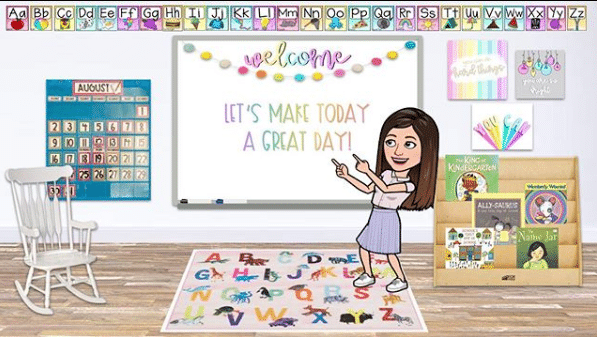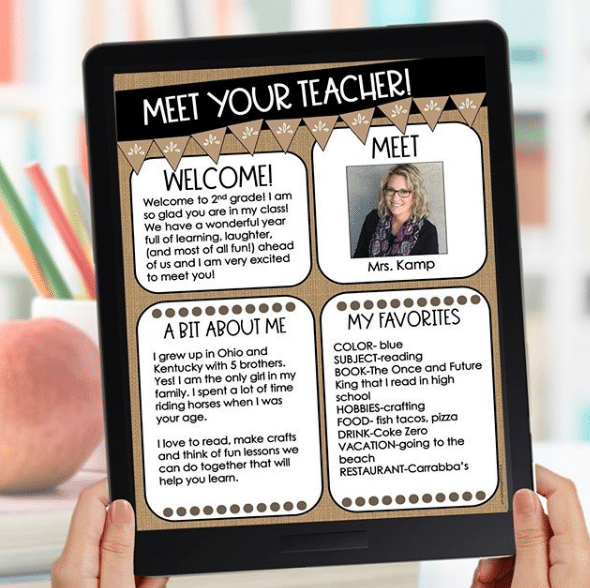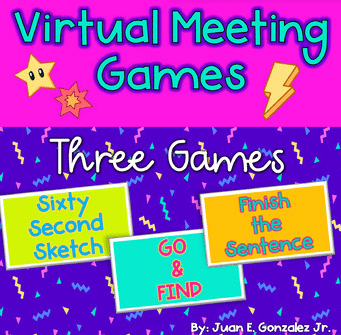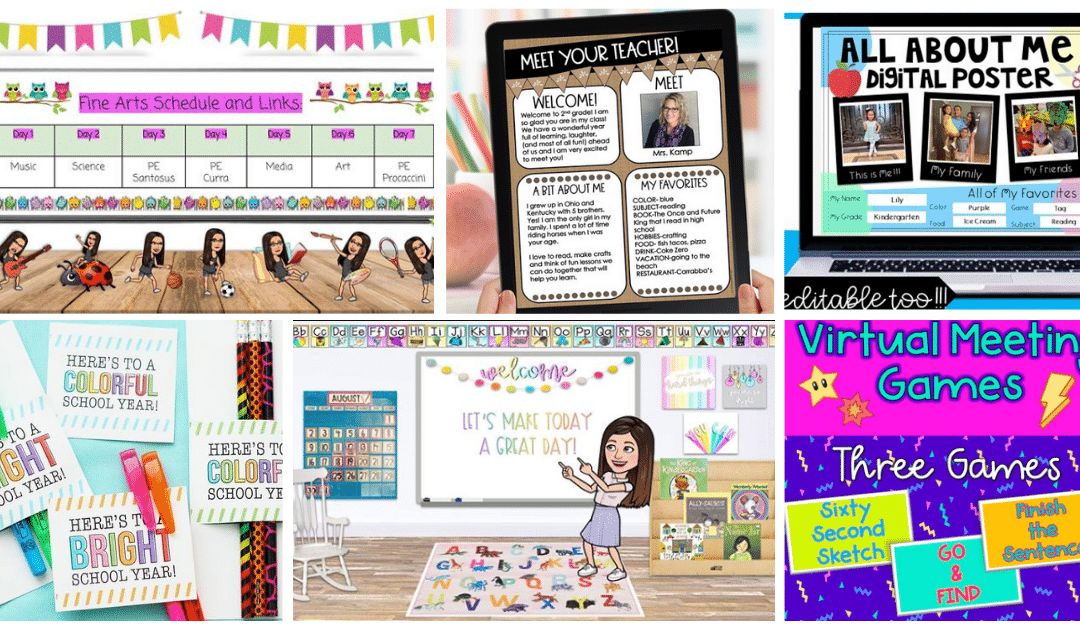
by California Casualty | Educators |
In-person or online- no matter the scenario, as educators, we know how much you care for your students and you will do your best to give each child the most normal back-to-school experience as possible.
Try using these virtual icebreakers and “Welcome Back” messages to help greet all of your new students.
Put a Welcome Message up on Your Virtual Classroom
Using Bitmojis for your online classroom is not only fun, but it will also help students feel “normal” on the first day of school. The interactive elements of the program will let students click through to see websites, assignments, and other documents they will need for their new class!
Here’s a tutorial on Bitmoji Classrooms.
Send a Virtual Welcome Back Message
Create a “Welcome Back to School” message to send to each student in your class a few days before the first day of school. You could create anything from an email invitation, a meet your teacher sheet (to send virtually), a mailed out postcard, to a short video featuring all of your staff!
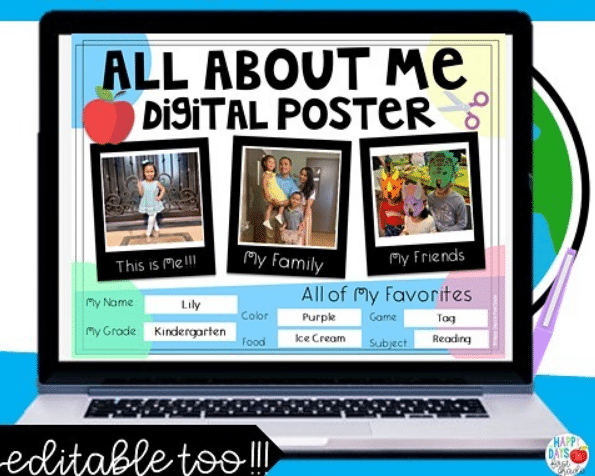
“All About Me” Slides
“All About Me” posters are usually made in class on the first day of school so students can get to know each other. This year you can send out an editable template that students can personalize virtually on Google Slides or Microsoft Word. These don’t have to be fancy; all they will need is a photo of themselves and to answer a few short questions.
You could even have older students make it their own by using PowerPoint and Googling photos of their favorite things (sports team, food, singer, movie, animal, etc.) and adding them all to 1 slide, so it looks like a collage! Then have them present and explain it to the class when you meet virtually on the first day.
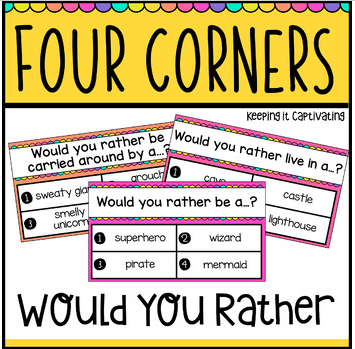
Virtual Class Introduction Video
As an easy introduction/icebreaker, let each student in your class have their time on screen by doing personal introductions. Make it entertaining for the rest of the class, by asking fun questions like “what you rather” or “what if…?” This is an easy way for students to get to know each other and help them put a name to each face.
Play a Game that Includes Everyone
Games are a great icebreaker on the first day of school, especially when you are virtual. They help students get comfortable and interact with each other. Here are a few easy virtual games you can play with your class- do a virtual show and tell, sixty-second sketch, in-your-room scavenger hunt, Kahoot, raise your hand if, finish the sentence, etc.
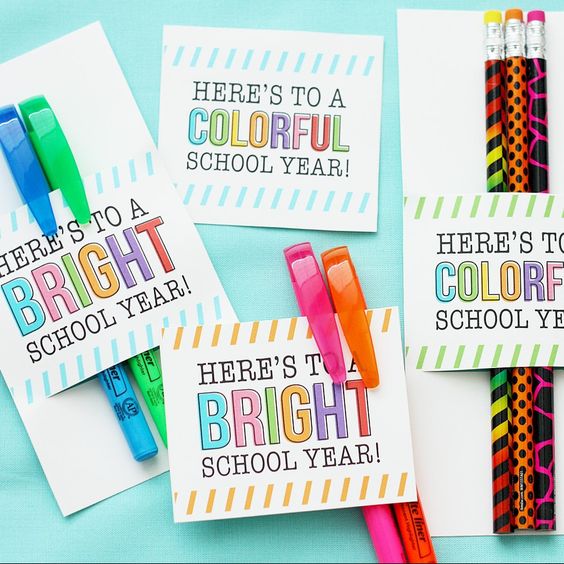
Send Welcome Back Packages
Just because you aren’t face-to-face with your students every day, doesn’t mean you can’t welcome them back with a gift! If you are one of those teachers, who insist on giving each kid a little something for being in your class, you can still send your students welcome back packages in the mail, or take a day and deliver them to their doors.
These packages can be as simple as a pencil and a highlighter with a simple “Welcome” note along with your signature. It’s a sweet gesture to let your students know you are thinking about them (and you will know they have some supplies at home).
Have a great school year! 🙂
This article is furnished by California Casualty, providing auto and home insurance to educators, law enforcement officers, firefighters, and nurses. Get a quote at 1.866.704.8614 or www.calcas.com.

by California Casualty | Educators, Health |
It’s no secret that kids (and most adults) love to snack, but we all know filling a snack drawer can get expensive. We want to make after school snack-time easier on you (and your wallet), so we’ve compiled a list of easy snack ideas for kids filled with so many recipes, even the pickiest of eaters can enjoy.
The best part is, these are recipes that use ingredients you probably already have at home and you can make ahead of time and grab when you are on the go!
To make it even easier for you, each recipe is linked back to our Pinterest Board: Easy Snacks For Kids, so all you have to do is click on the picture and it will direct you to the recipe!





6. Butterfly Snack Bags














20. Frozen Fruit and Granola Cup






Head over to our Pinterest for more easy snack ideas for kids! We have also included ways to organize your snack drawer and pantry. Don’t forget to give us a follow at California Casualty to stay up to date on every new recipe idea we discover! Scan our Pincode with your Pinterest camera to follow:

This article is furnished by California Casualty, providing auto and home insurance to educators, law enforcement officers, firefighters and nurses. California Casualty does not own any of the photos in this post, all are sourced to their original owners. Get a quote at 1.866.704.8614 or www.calcas.com.
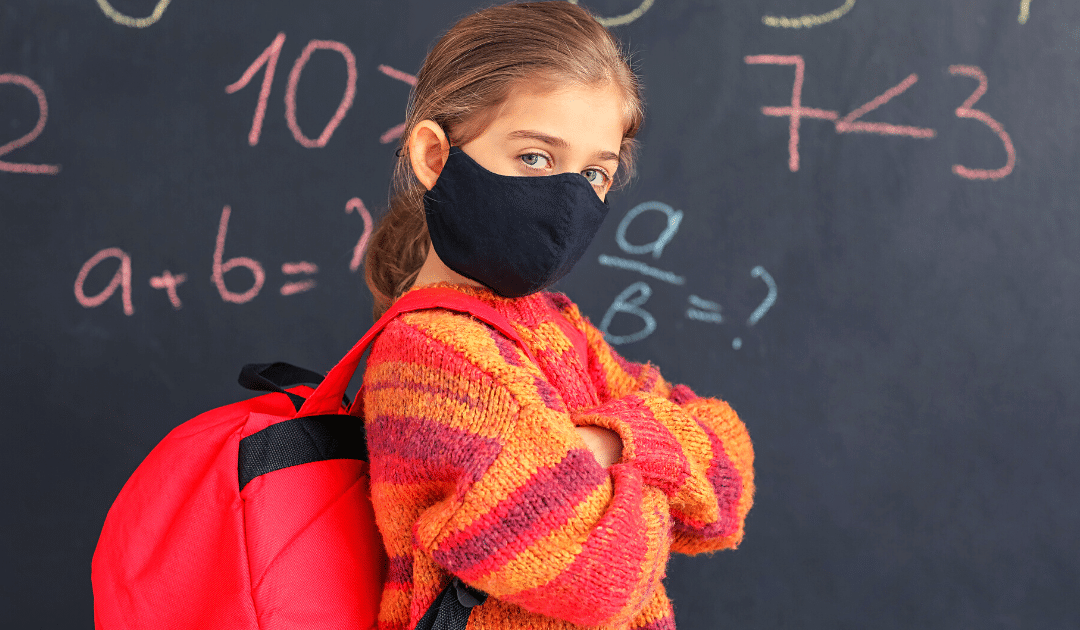
by California Casualty | Educators |
This back-to-school season looks different than any we have ever seen before.
While school across the nation are still undecided on how their students and staff will return, some districts have made the announcement that they will give students, and their parents, the choice to continue learning remote or in-person; other schools have even made the decision to make all classes completely online.
No matter what the school year may bring or your district’s decision on classes, children will be caught in the middle. That is why it is so important to get them prepared and back into a comfortable school routine.
Here are some quick tips to help your child establish a back-to-school routine, no matter if they are heading back into the classroom or learning at home.
5 Tips for Back to the Classroom:
Teach Hygiene Rules
Having good hygiene is extremely important, especially now. Teach your child the good hygiene rules, which include washing their hands frequently (for at least 20 seconds), using hand sanitizer, not sharing their food, and sneezing/coughing into their elbow. You should also teach them that to keep everyone safe they should not touch other students or their teachers.
Practice Wearing Masks
Wearing a mask in the classroom will likely be required. At first, this will feel different for younger kids; this is why you should have them practice wearing their mask at home for extended periods of time until they become more comfortable. Let them know the importance of keeping their mask on and not sharing it with other students.
Prepare Lunches the Night Before
Get in the habit of making lunches the night before, so you aren’t stressed and rushing around in the morning. Children can even help out by picking what they would like to have and putting it all together in the fridge for easy grabbing in the morning. When you are packing remember to use Tupperware or plastic baggies they can open themselves, and include a baby wipe or sanitizer for their hands.
Set BedTimes
One of the hardest parts about going back to school is having to adjust your child’s sleeping schedule and getting them used to waking up early again. That’s why morning and night routines are crucial. About 2 weeks before school starts, you’ll want to get their bedtimes back to normal, so they have time to adjust to them.
Establish a Morning Routine
Having a polished morning routine set in place will help get you and your child out the door on time, every day. The routine should consist of: a set waking time, some type of breakfast- decided on the night before, time to get ready- brushing teeth, changing, etc., backpacks and lunch boxes sitting in their designated location, and a specific time to meet by the door or be in the car. Remember, practice makes perfect!
5 Tips for Learning at Home:
Continue to Have a Morning Routine
Even though your child is learning remotely, they can still benefit from having a routine in the morning. Waking them up and having them complete their normal duties before they have to log on, will help them become more awake and prepared for their online school day.
Designate a Workspace
Before classes begin, find an area of your home that you can designate as your child’s workspace. This should not be the dining table or the living room table. They will need a space that is completely their own where they can keep all of their supplies, just like their desk in a classroom. This space should be in a quiet area of your home or in their bedroom.
Know Their Schedule
Even though classes will be online, you should print out a copy of your child’s schedule and hang it on the fridge. Be sure to include the teacher for each subject (if they differ) and their contact information. By doing this you will be able to help them prioritize their homework and easily reach out to their teacher(s) if they have any questions you are not able to answer.
Make Rules for Toys and Electronics
Setting rules for toys and electronics before classes start will help set boundaries for what your child can and cannot do while they are learning remotely. Place all toys and electronics (stuffed animals, video games, etc.) away from their designated work area and let them know when it is acceptable to play with them, and when it is not.
Set Aside a Time for Homework
After sitting at the computer by themselves all day, the last thing your child wants to do is homework, so they may find ways to put it off. After their online learning day, let them take a short break and then set aside an hour that is solely dedicated to studying, so they can enjoy the rest of their night when it is complete. Start this on the very first day of school, so it can easily become a habit.
Children, along with most parents, love routines, and by using these tips you are setting them up for success- no matter if they are learning at home or in the classroom.
Happy back-to-school!
This article is furnished by California Casualty, providing auto and home insurance to educators, law enforcement officers, firefighters, and nurses. Get a quote at 1.866.704.8614 or www.calcas.com.
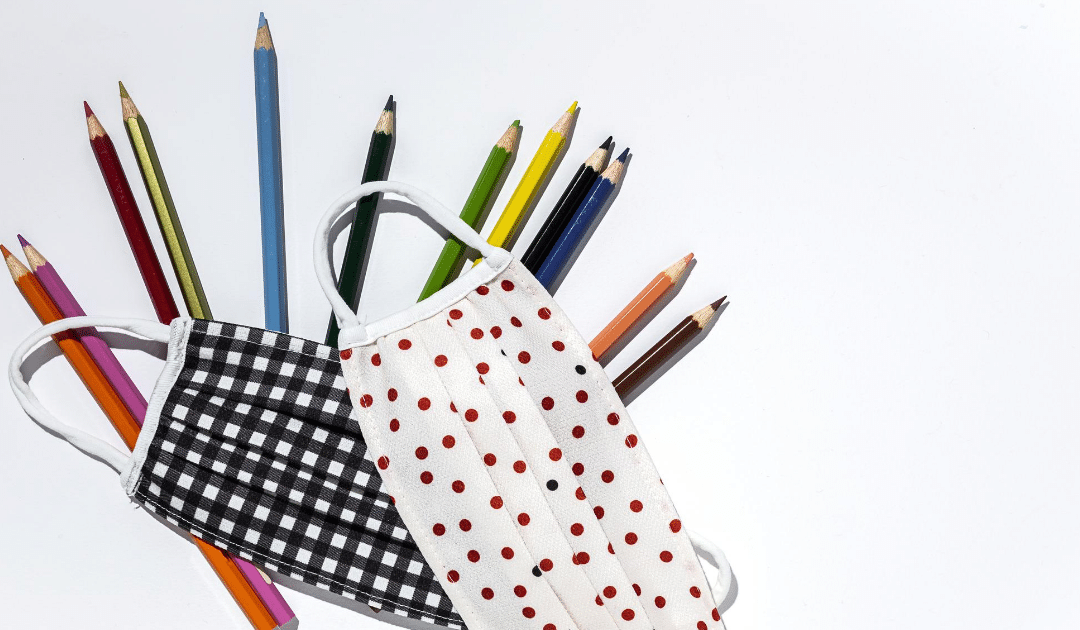
by California Casualty | Educators |
Our Education Blogger is a public school teacher with over a decade of experience. She’s an active NEA member and enjoys writing about her experiences in the classroom.
You spend about eight hours a day in the classroom; it’s basically your second home. You never know what your day in the classroom will throw at you, especially these days, so be sure you’re prepared. In addition to your basic supplies, stock up with these 10 essential items every teacher should have at their desk.
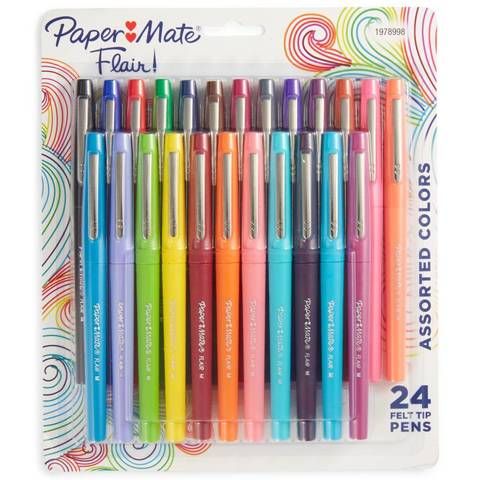
- Good Grading Pens/Markers – You can never have too many colorful grading utensils! I like Papermate Flair Pens and they come in a variety of bright, fun colors.
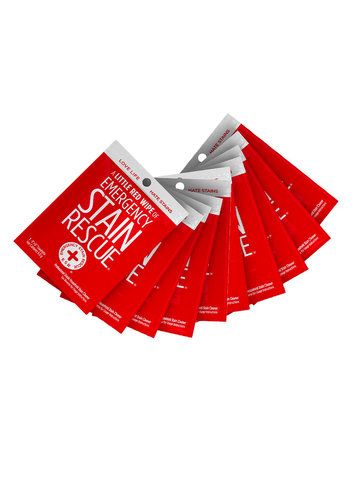
- Stain Remover – I always spill my coffee on my shirt! I use a quick stain remover, like Shout Wipes or Tide Pen, to clean myself up in a snap!
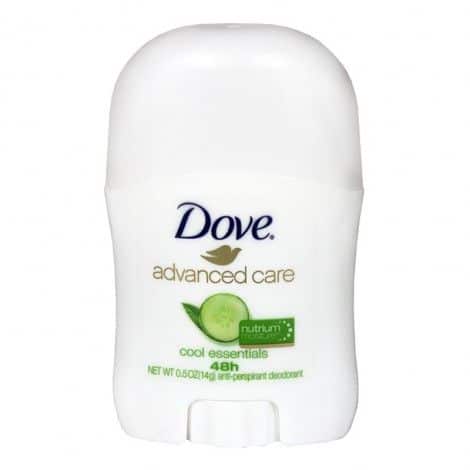
- Travel-Sized Deodorant – The temperature of my classroom is never consistent! One hour I’m wearing my parka while I teach and the next I’m down to my sweat-stained shirt. Keeping a stick of deodorant on hand is also helpful on those warm days that I have recess duty.
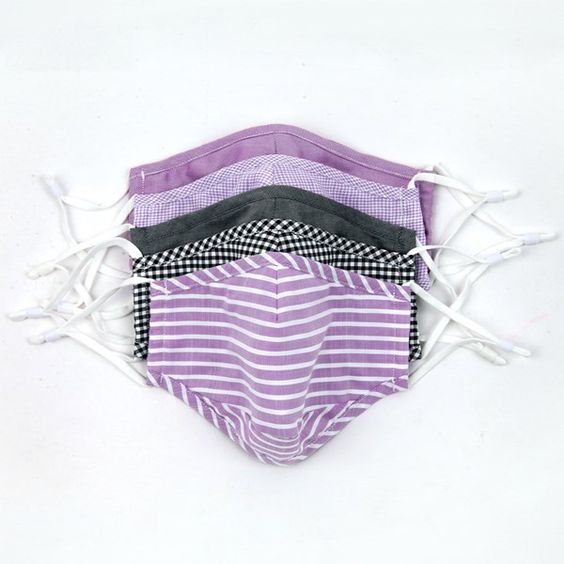
- Extra Masks – For those days when you are rushing out the door and forget we are living in the “new normal”.
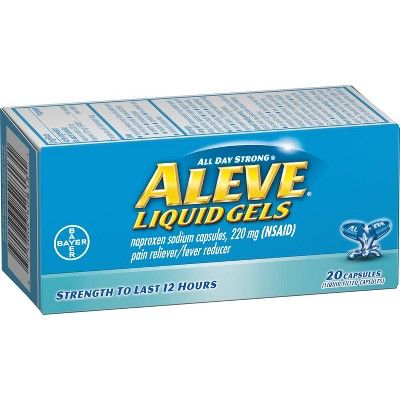
- Pain Reliever – It’s hard to teach when you’re head is pounding! Keep a small bottle stashed in your desk drawer so you can make it through a tough day.

- Disinfectant Wipes – Even though the janitorial staff is consistently wiping down surfaces, between classes this will most likely be your responsibility to help you (and your students) stay safe.
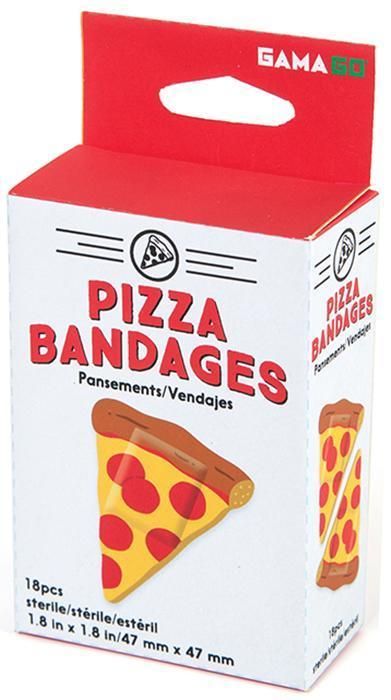
- Bandages – No need to send students to the nurse (and risk exposure) for minor cuts and scrapes.

8. Hand Sanitizer– For when you don’t have time to run to the bathroom and wash your hands between periods.

- Snacks – Keep a few healthy snacks, that you don’t have to eat with your hands, tucked away so you aren’t tempted to go to the vending machine-like cereal bars, applesauce, or jerky sticks.
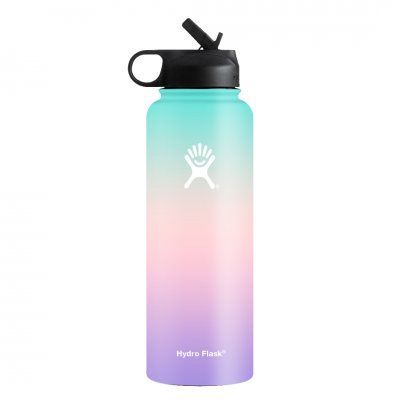
- Reusable Water Bottle – Water fountains can be full of germs, invest in a large enough water bottle that you won’t have to refill throughout the day.
A few extra items that could also help you out include K Cups, a Fun Coffee Mug, a To-Do List, Lotion, Mechanical Pencils, Post- its, Kleenex, Gum, a Desk Fan, and a Bluetooth Speaker
Worried about shelling out your own money? Ask parents and families to donate items that are for student use, like cough drops, wipes, Post-its, pencils, and bandages!
Check out our Pinterest Board, Teachers: What To Keep at Your Desk, for more and don’t forget to give us a follow at California Casualty to stay up to date on every new idea we discover! Scan our Pincode with your Pinterest camera to follow:

This article is furnished by California Casualty, providing auto and home insurance to educators, law enforcement officers, firefighters and nurses. California Casualty does not own any of the photos in this post, all are sources by to their original owners. Get a quote at 1.866.704.8614 or www.calcas.com.
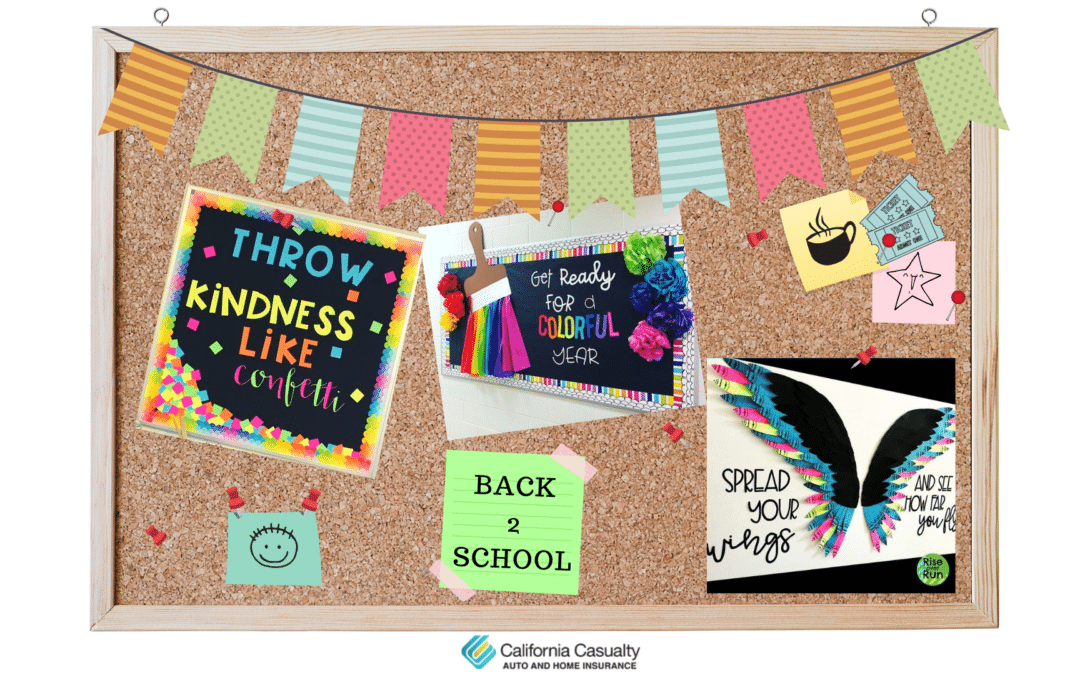
by California Casualty | Educators |
It’s almost school season and many teachers that will be back in the classroom this fall are already organizing and decorating to make it look inviting and more “normal” for their students. What says, “Welcome, my classroom rocks, let’s forget about our worries and have a great day” more than a bright colored new bulletin board?
We have gathered a list of fun bulletin boards that teachers can use for ALL occasions; back to school, holidays, birthdays, mindset, and much more! Each creative bulletin board is linked to our Pinterest board, “Teachers- Bulletin Board Ideas”, which also has ideas for door decorations, student name tags, and other printables. Click here to view the board.


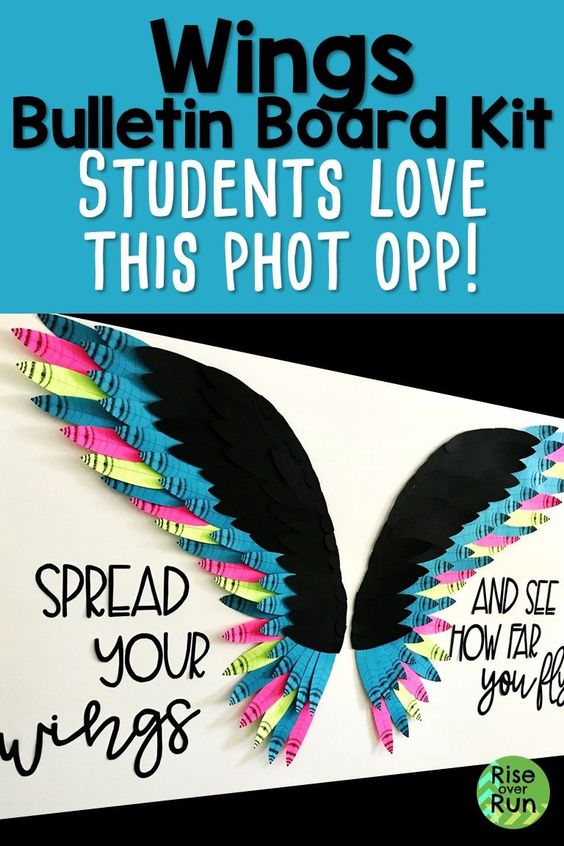

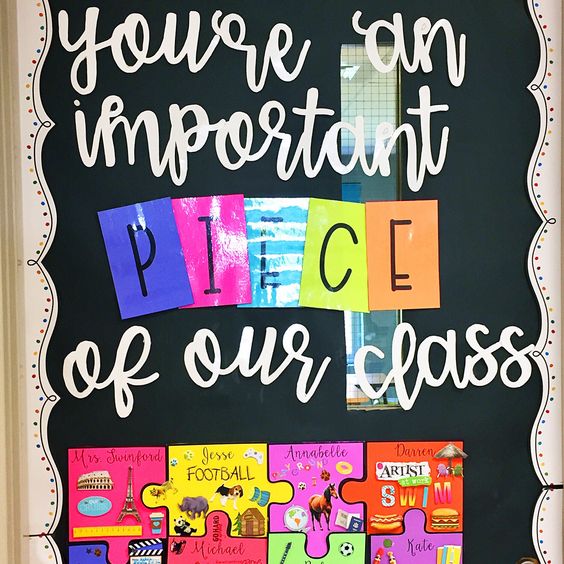
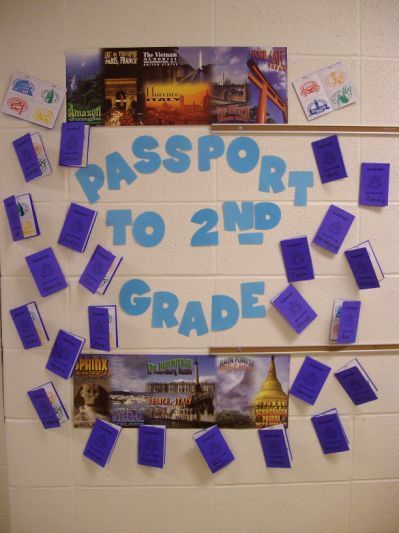
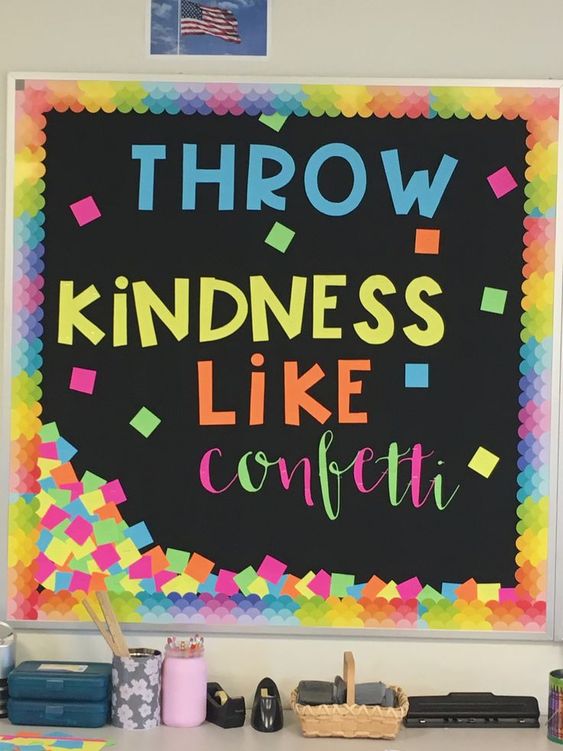
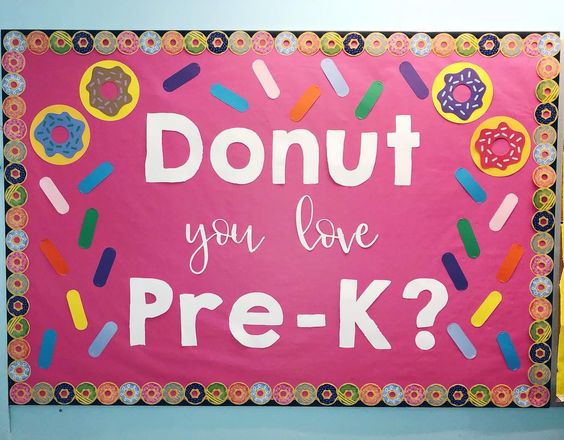
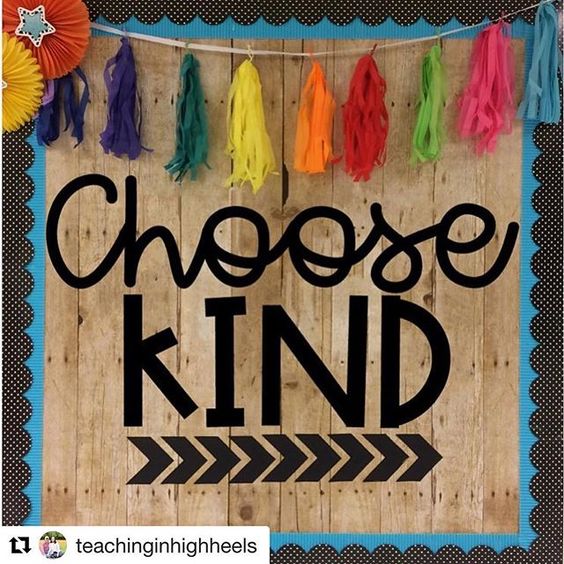
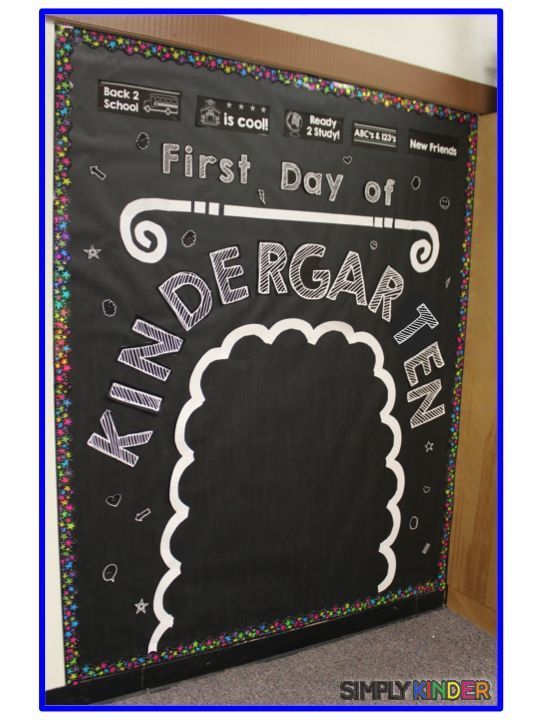
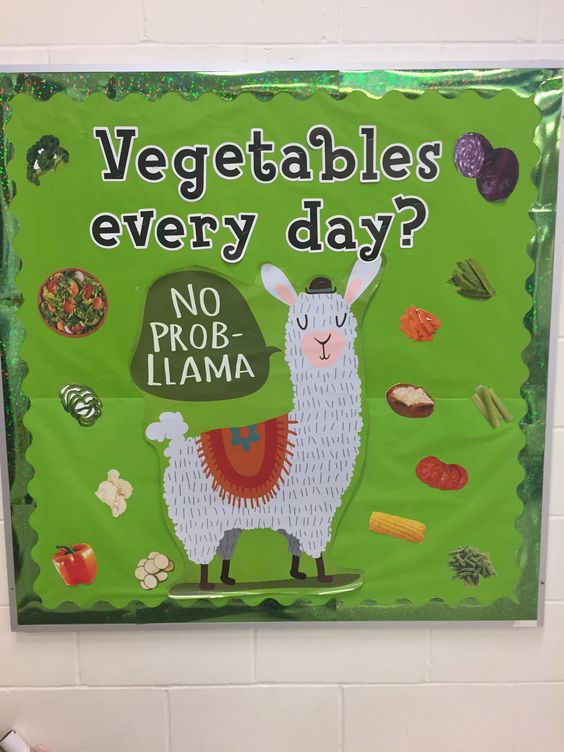
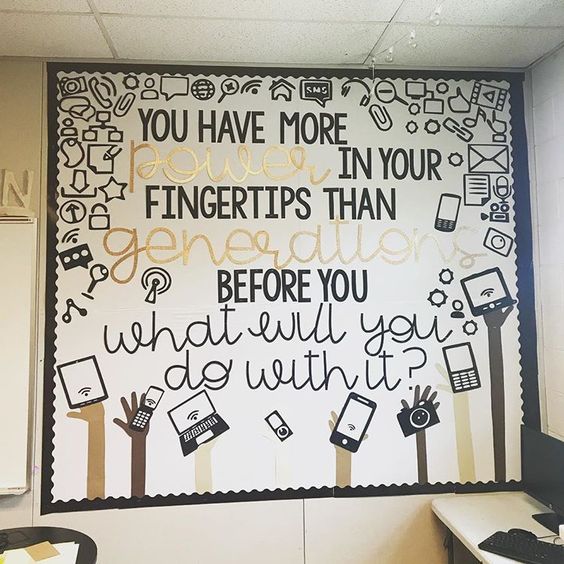
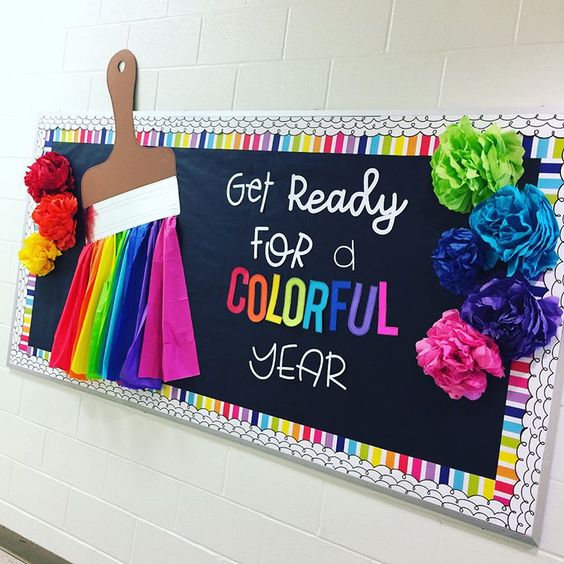
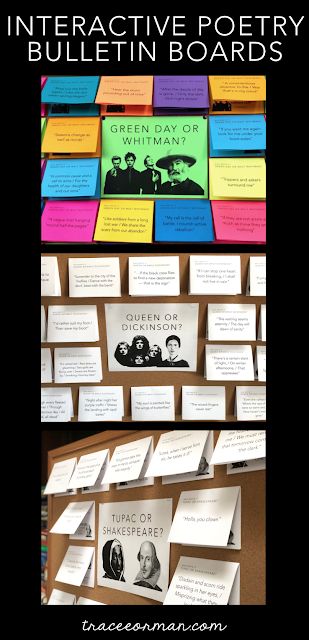
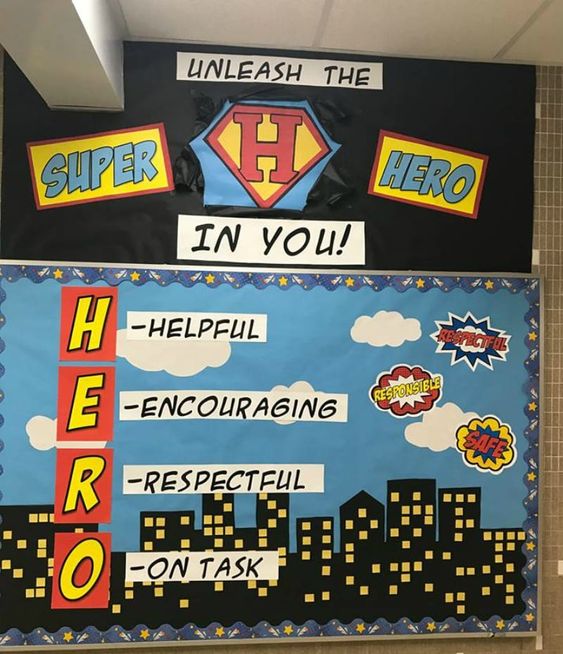
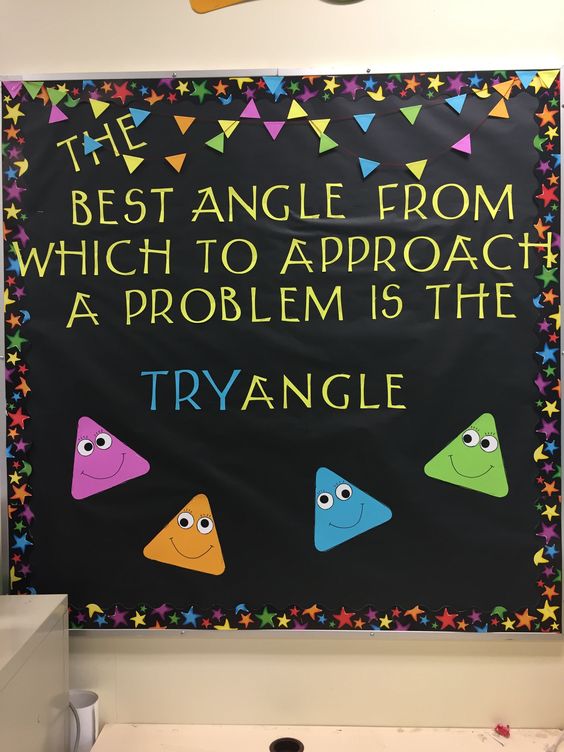

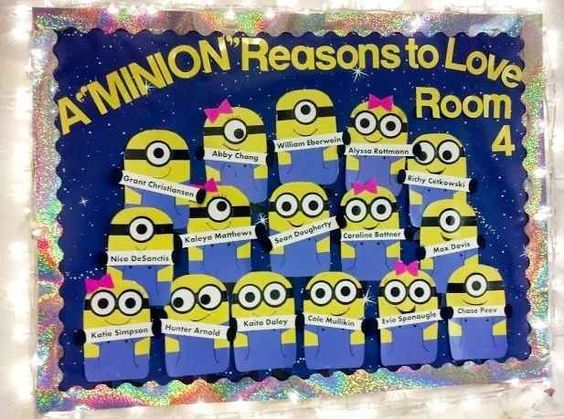

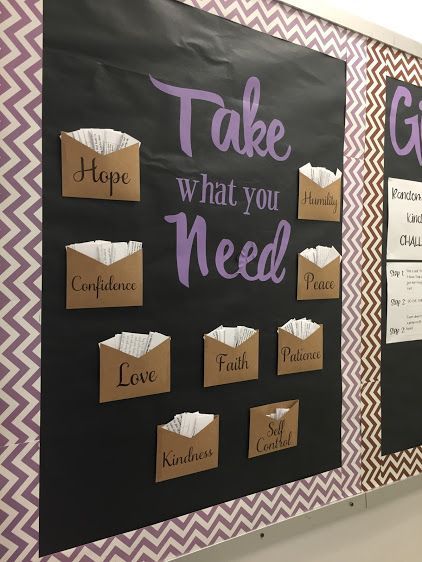
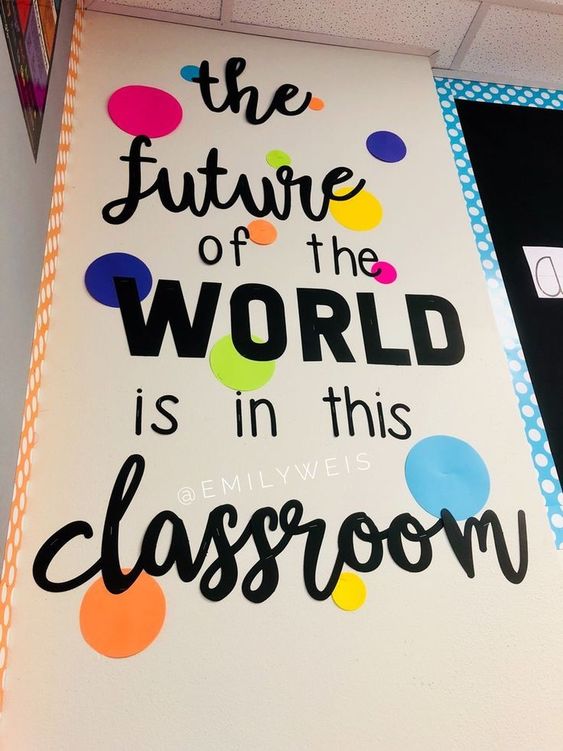
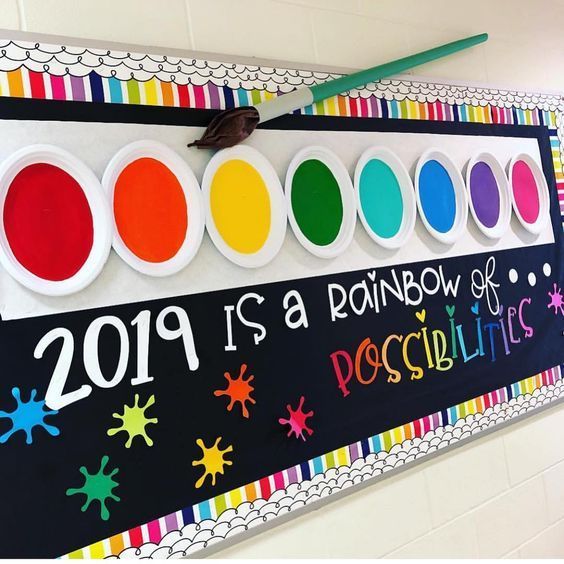
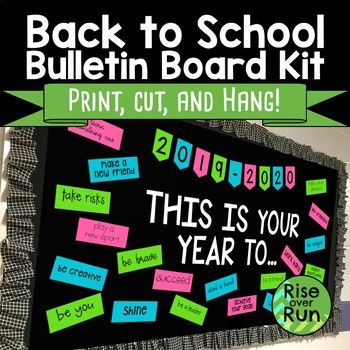
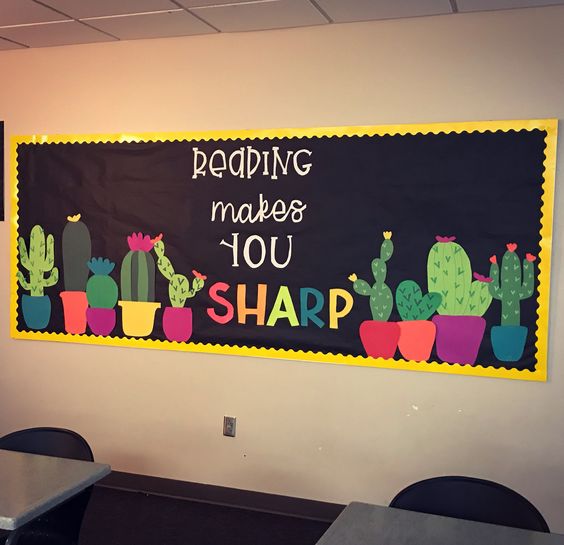
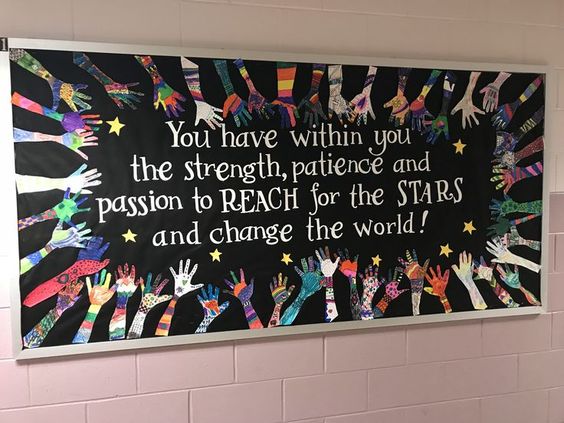
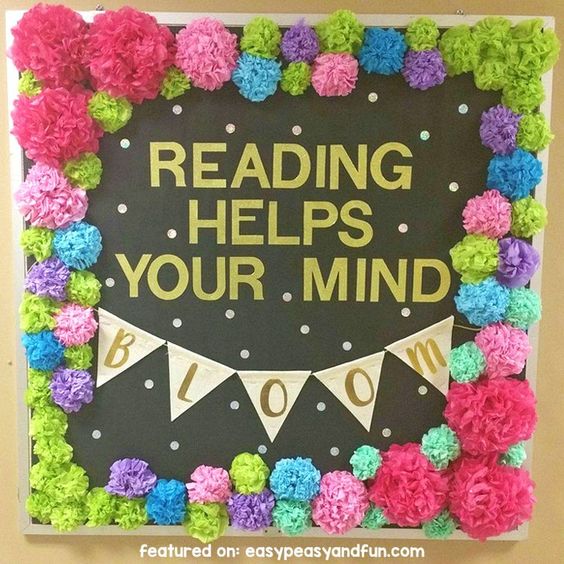
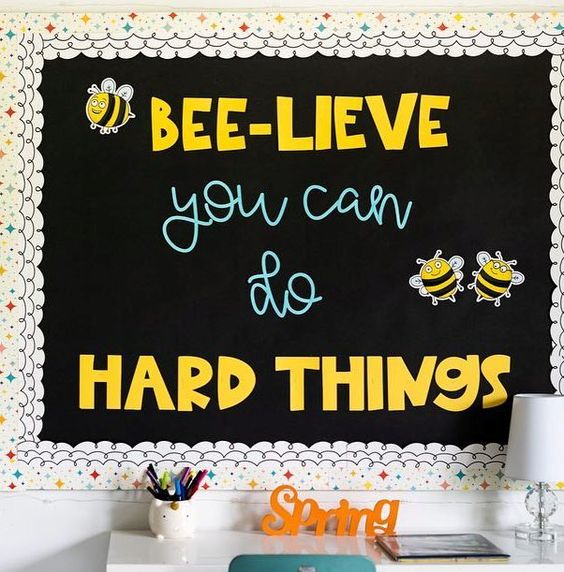
Head over to our Pinterest for over 100 more bulletin board options! Don’t forget to give us a follow at California Casualty to stay up to date on every new classroom idea we discover! Scan our Pincode with your Pinterest camera to follow:

This article is furnished by California Casualty, providing auto and home insurance to educators, law enforcement officers, firefighters and nurses. California Casualty does not own any of the photos in this post, all are sources by to their original owners. Get a quote at 1.800.800.9410 or www.calcas.com.
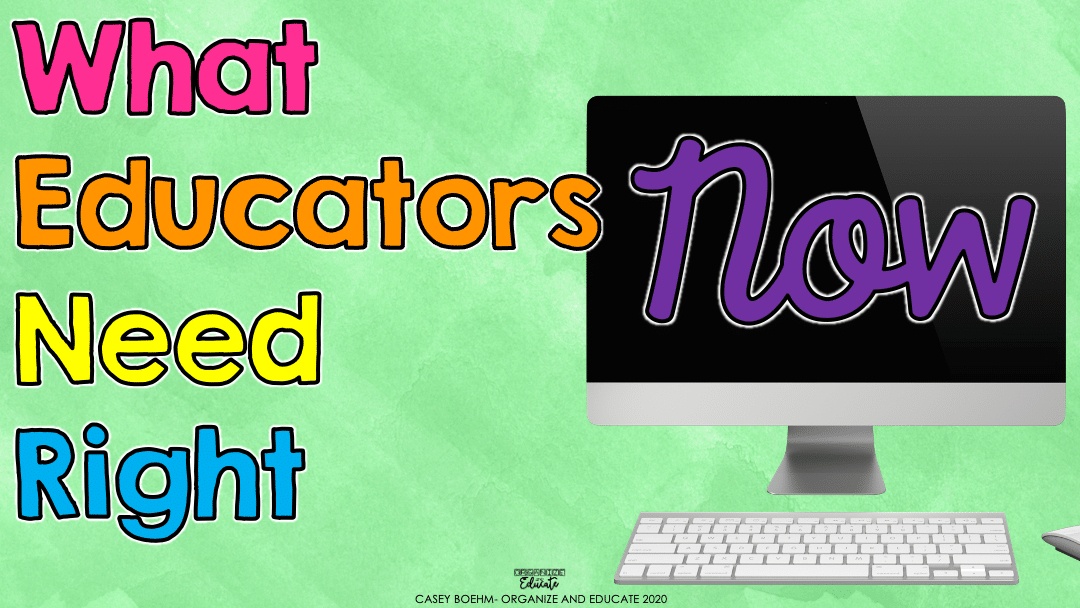
by California Casualty | Educators |
Written by Casey Boehm, OEA First Grade Teacher
We can all agree that summer 2020 has had a very different feeling than the summers of years past, for everyone, but especially for Educators. On top of our daily concerns surrounding our health and safety, we’re feeling overwhelmed, frustrated, and completely left in the dark about what the upcoming school year will look like.
I‘ve spent the last few weeks surveying the teacher community on Instagram. I posed the question, “As a teacher, what are your top concerns heading into the new school year?”
This question opened the door to multiple conversations about health concerns, anxiety, access to remote learning technology, and the availability of resources.
Here’s what our Educators say they need going into the 2020-2021 school year.
Teachers need to be heard. The guidelines for reopening schools are changing daily. The decisions being made for education right now are critical. The new school year has abnormal circumstances and we need to think outside of the box to meet the health and safety needs of our school communities. If you have not already, send a letter to your school board and voice your concerns.
Teachers need community. Do not feel like you are in this alone. Talk to your people, family members, friends, or other teachers, and get your feelings about back to school out in the open. Chances are someone nearby is feeling similarly. Talking about the things on your mind can make it a little easier to enjoy the last bit of summer. If you are looking for more tips about finding balance during the summer months, click here to read more ideas.
Teachers need resources. With remote learning, now more than ever, teachers are asking for resources -more technology to meet classroom demands, proper training for these specific programs and sites, and/or resources to supplement them. WeAreTeachers reports that over 50% of teachers are in need of more training to teach engaging remote lessons. In my own Instagram survey, educators responded that they need both access to resources and additional training for specific remote learning technology to feel more confident going into the new school year. That’s not to mention all of the other resources needed for students to return safely back in the classroom.
Here’s what you can do right now to meet those needs:
- Don’t be afraid to express your concerns, your voice is important. Reach out to your school leadership and talk about your apprehensions.
- Find teachers in your grade level on Instagram and follow along. They share tips and relatable content. If you’re not sure where to start, ask a teammate if they follow any great teacher accounts. (You can also follow @IgConnect4Edu on Instagram and on Facebook for educator accounts in all content areas.)
- Check out my new website that features training videos, a resource library (including remotely learning resources), and a teacher community for collaboration. Click here to Connect and Educate!
Teachers are the ultimate problem solvers. For years we’ve been flexible and have learned to work with whatever resources are provided. No matter what scenario lies ahead or what obstacles we have to overcome, we’ve got this.
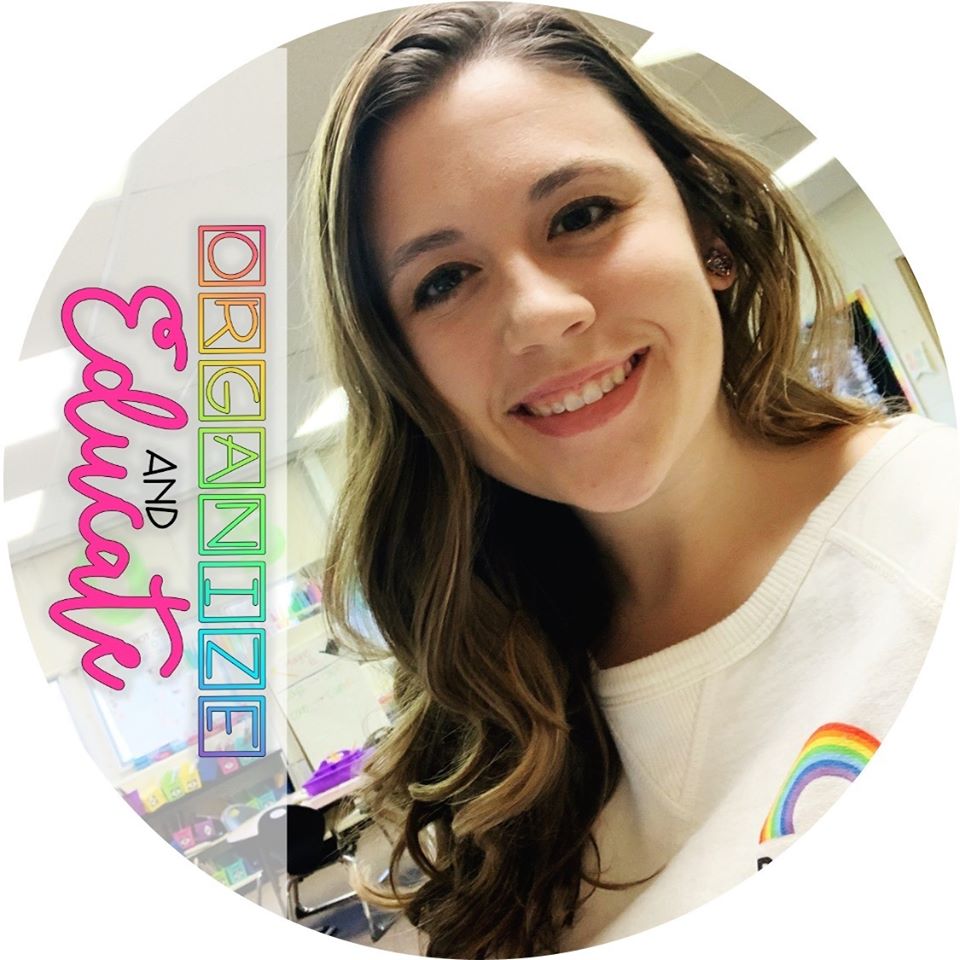
Casey Boehm is a first-grade teacher in northwest Ohio. Casey is passionate about using technology in the classroom and sharing ideas for organization. Find her on social media @OrganizeandEducate


